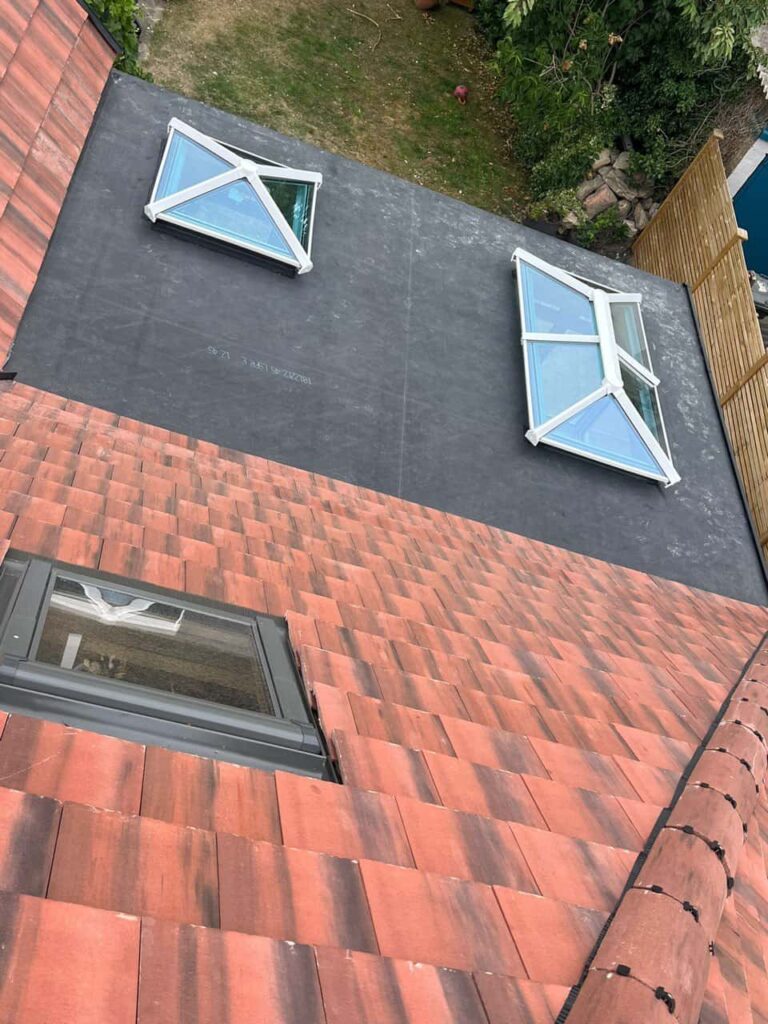Re-roofing a commercial building is a significant undertaking that requires careful planning to ensure minimal disruption to business operations. Whether replacing an ageing roof or upgrading for better energy efficiency, the key to a smooth process lies in preparation, clear communication, and working with experienced roofing professionals. Here’s how businesses can successfully complete a re-roofing project while maintaining productivity and safety.
Planning for a Smooth Re-Roofing Process
1. Schedule Work at the Right Time
Timing is crucial when undertaking a commercial re-roofing project. Consider:
- Off-peak business hours – If possible, schedule work outside of busy trading periods to reduce the impact on staff and customers.
- Seasonal considerations – Dry, mild weather is ideal for roofing projects, minimising delays caused by rain or extreme conditions.
- Phased work – If shutting down operations isn’t an option, a phased approach can ensure that sections of the roof are replaced while others remain functional.
2. Conduct a Thorough Roof Inspection Before Work Begins
A detailed roof survey helps identify potential issues early, allowing for more accurate project planning. This step includes:
- Assessing structural integrity to ensure the roof can support necessary repairs.
- Checking for drainage issues that may need addressing alongside re-roofing.
- Identifying materials and solutions that best meet the building’s requirements.
A professional assessment prevents unexpected delays and additional costs once work has started.
Minimising Disruptions to Business Operations
3. Communicate with Employees and Occupants
Clear communication is essential for ensuring a smooth process. Inform staff, tenants, or customers about:
- Expected timelines and potential noise levels.
- Any temporary access restrictions or safety precautions.
- Alternative workspaces if needed.
Providing regular updates reduces confusion and helps maintain normal operations as much as possible.
4. Implement Safety Measures
Commercial roofing projects require strict safety protocols to protect workers, employees, and visitors. Key measures include:
- Setting up clearly marked work zones to keep non-essential personnel away.
- Using scaffolding and barriers to prevent access to hazardous areas.
- Ensuring emergency exits and essential pathways remain accessible.
Working with a professional roofing contractor who prioritises safety will help minimise risks during the project.
5. Choose the Right Materials for Efficiency and Longevity
Selecting high-quality, durable materials can extend the lifespan of the new roof while reducing future maintenance needs. Options include:
- Built-up roofing (BUR) – A long-lasting choice for flat roofs that provides excellent weather resistance.
- Metal roofing – Highly durable and energy-efficient, making it ideal for large commercial spaces.
- Single-ply membranes – Lightweight and flexible, offering strong waterproofing capabilities.
Investing in the right materials ensures that the new roof performs well for years to come.
Managing Waste and Clean-Up Efficiently
6. Plan for Debris Removal
Re-roofing generates a significant amount of waste, and a well-organised disposal plan keeps the site safe and tidy. Consider:
- Using skips or waste containers to collect debris efficiently.
- Scheduling regular clean-ups to prevent hazards.
- Recycling materials where possible to reduce environmental impact.
A clean and organised worksite minimises disruption and allows for faster project completion.
7. Work with Experienced Roofing Professionals
Hiring a reliable commercial roofing contractor ensures a smooth and efficient re-roofing process. Key factors to consider when choosing a roofing company include:
- Experience in commercial projects.
- Strong customer reviews and testimonials.
- A track record of completing work on schedule and within budget.
Experienced professionals can offer tailored solutions to minimise business interruptions while ensuring high-quality workmanship.
Conclusion
Re-roofing a commercial building requires careful planning, effective communication, and strict safety measures to minimise disruptions. By scheduling work strategically, maintaining clear communication with employees and customers, and working with experienced roofing professionals, businesses can complete their roofing project with minimal impact on daily operations.
For expert commercial re-roofing services in Bloxwich, West Midlands, our team provides efficient and professional solutions tailored to your business needs. Contact us today to discuss your project and receive a detailed consultation.
Call us on: 01922 661 599
Click here to find out more about Bloxwich Roofing Repairs
Click here to complete our contact form and see how we can help with your roofing needs.

